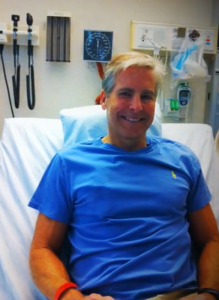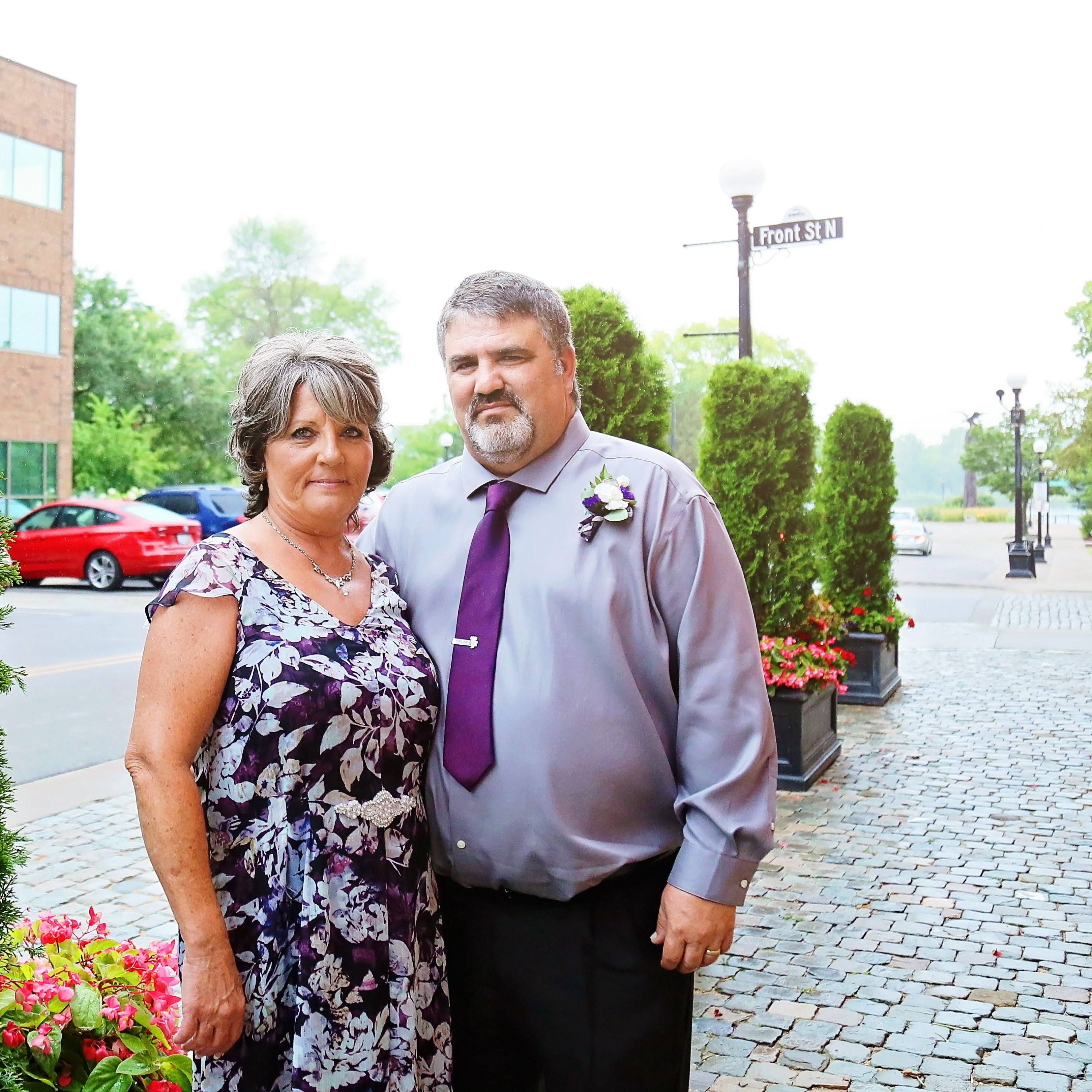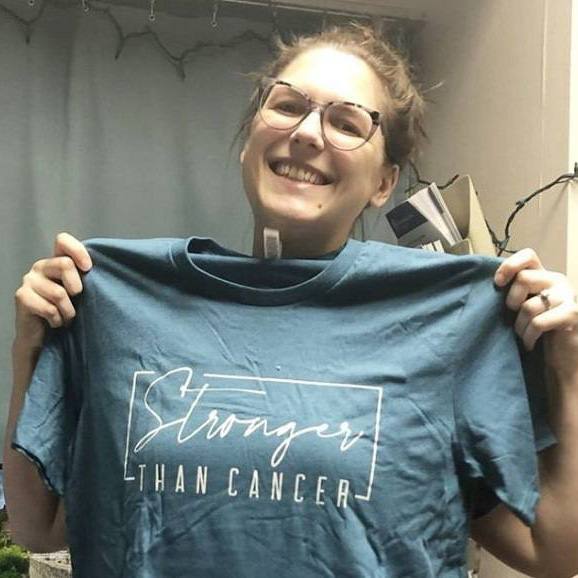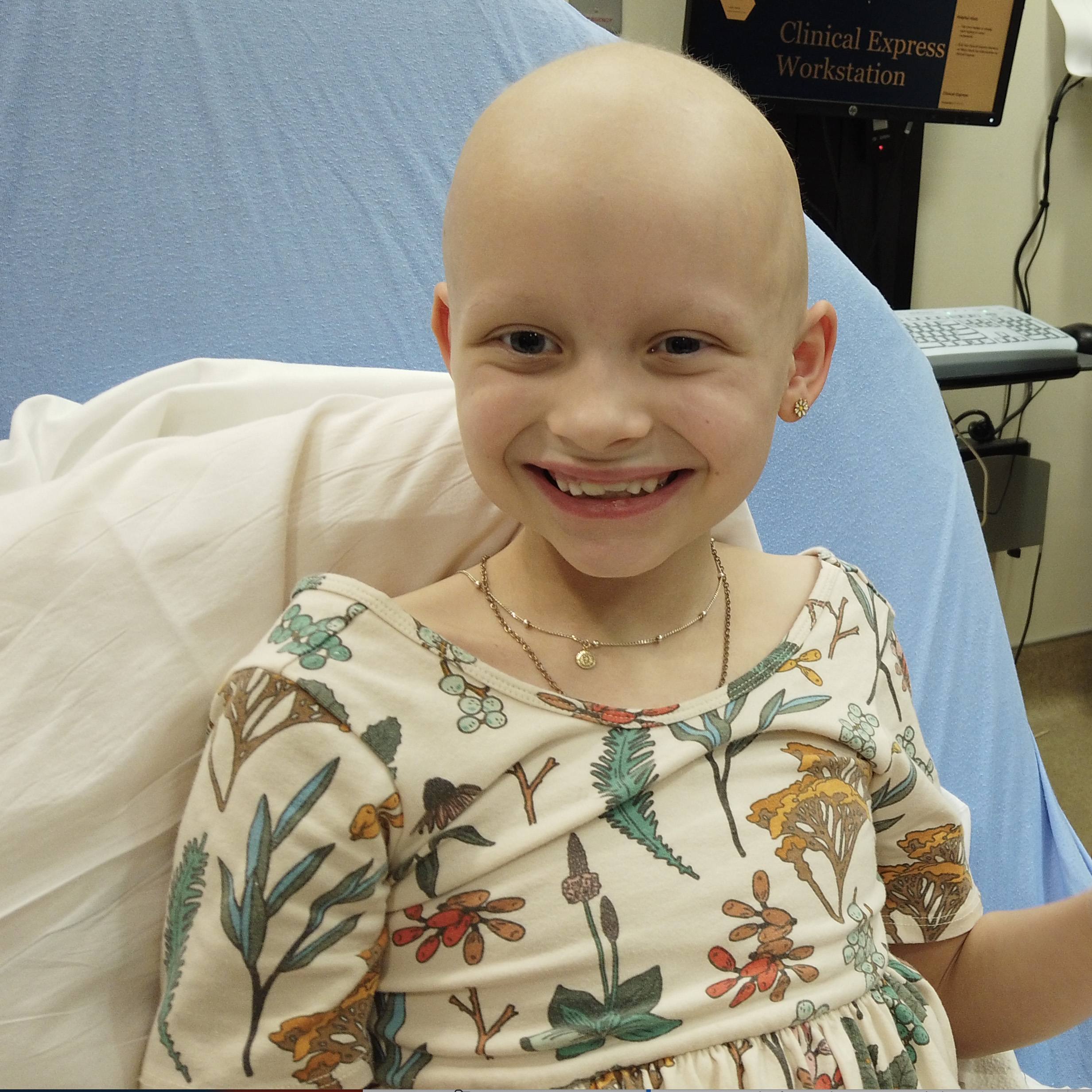 During the summer of 2011, my husband, David, underwent a series of tests which revealed extremely high levels of a certain protein in his blood. As a result, we were referred to the Hematology Department at Mayo Clinic, Rochester, MN, for further evaluation and diagnosis. We were seen in September, 2011, and a bone marrow biopsy was performed to rule out multiple myeloma. Abdominal fat tissue was also biopsied to rule out a rare, potentially fatal, plasma cell dyscrasia called amyloidosis. Unfortunately, the Congo red stain analysis confirmed the presence of the abnormal amyloid protein. We were blindsided and stunned by the diagnosis. We resolved to go about the business of fighting the disease, bolstered by the knowledge that we were at arguably the very best center of excellence for amyloidosis treatment.
During the summer of 2011, my husband, David, underwent a series of tests which revealed extremely high levels of a certain protein in his blood. As a result, we were referred to the Hematology Department at Mayo Clinic, Rochester, MN, for further evaluation and diagnosis. We were seen in September, 2011, and a bone marrow biopsy was performed to rule out multiple myeloma. Abdominal fat tissue was also biopsied to rule out a rare, potentially fatal, plasma cell dyscrasia called amyloidosis. Unfortunately, the Congo red stain analysis confirmed the presence of the abnormal amyloid protein. We were blindsided and stunned by the diagnosis. We resolved to go about the business of fighting the disease, bolstered by the knowledge that we were at arguably the very best center of excellence for amyloidosis treatment.
Our physician, Dr. Morie Gertz, recommended an autologous stem cell transplant. After a few weeks at home planning our “deployment” and obtaining insurance approval for transplant, we returned to Mayo Clinic to begin treatment. Following growth factor injections which mobilized David's stem cells, we spent time in the Apheresis Unit collecting cells for the transplant. He then underwent two days of high dose chemotherapy, before his stem cells were reinfused on transplant day. Thereafter, Station 94 of the Eisenberg Building at Rochester Methodist Hospital became a regular part of our daily lives.
We made the daily trek from our nearby apartment to Station 94 for exams and blood draws. We were fortunate that David was able to complete his transplant entirely on an outpatient basis. His healthcare providers did an excellent job of monitoring David’s progress and helping him manage his nausea and other side effects. Our job was to ensure that he remained properly hydrated and nourished, and to remain compliant with transplant dietary and environmental guidelines. We joked about it seeming like a long series of “Groundhog Days”, but in retrospect we are thankful that our primary challenges were tedium and monotony, rather than any serious crises. We were released to return home on Day 18 following transplant. We spent just over one month at Mayo Clinic, which was less than our anticipated stay of 6 to 8 weeks.
I arrived home with the photos I had taken to document David's treatment, but had no plans for compiling them into a video at that time. The song lyrics, however, had presented themselves to me in vague conceptual form shortly after diagnosis when I was still learning to correctly spell and pronounce amyloidosis. A lifelong love of musical parody, coupled with my memories of a recent live performance of "My Hero" by the Foo Fighters, proved to be the perfect storm. The lyrics continued to swim around in my head during our time at Mayo Clinic, occasionally surfacing to refresh and edit themselves. "My Stem Cells" ultimately became part thank you note and part love letter to everyone in Tulsa and at Mayo Clinic who took care of David during diagnosis and treatment, and who is still involved in his ongoing care.
Afterthoughts: For those of you who didn't know us last September, the wine glass was purchased at the Rochester Dollar Store on the night of David's diagnosis as an upgrade to the plastic cups available in our hotel room. (Having seen me through a glass or three of Pinot Grigio, it has now become a treasured possession.) For those of you who have never tried to keep track of 8 or 9 prescriptions with varying dosage schedules, pill cups are essential. For those of you who are confused by the "0" birthday candle, patients are given a "new" birthday on transplant day. For those of you who haven't seen the view from Station 94 lately, the construction has progressed nicely. For those of you who have never been to Rochester, the corn cob water tower is a beloved local landmark. Finally, for those of you who are unfamiliar with Beldar Conehead, he is a driving instructor who hails from France.
Written by: Carole Harber
Related Diseases
Related Treatments
Related Departments







